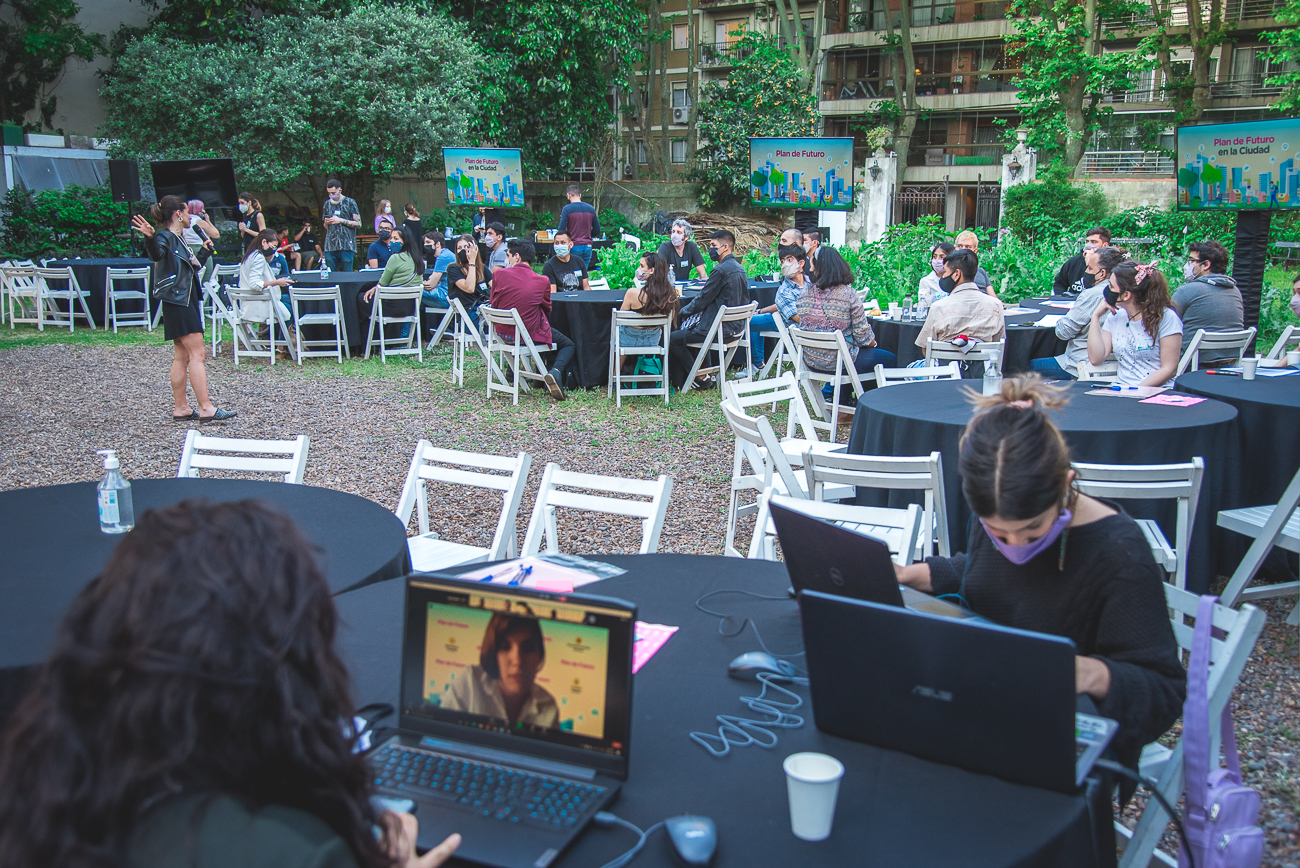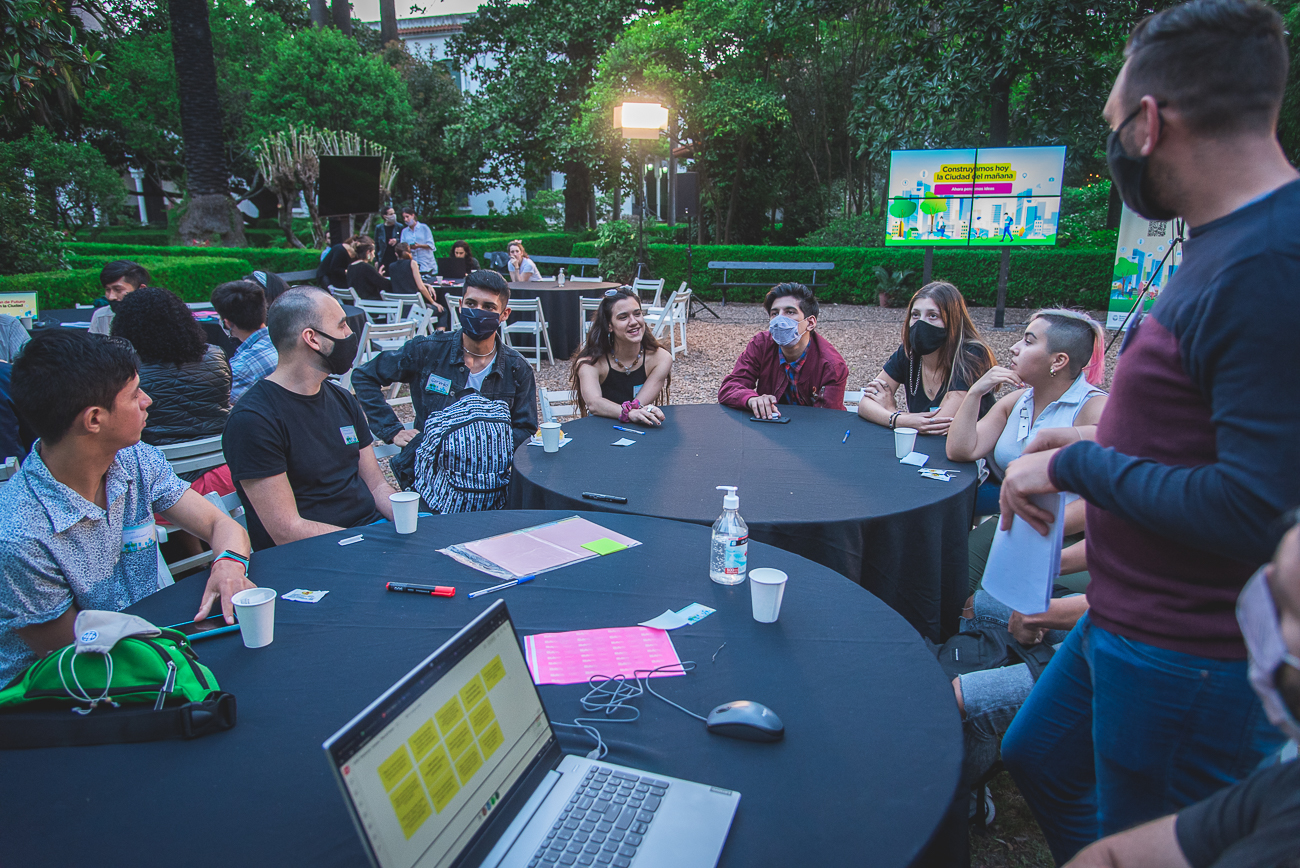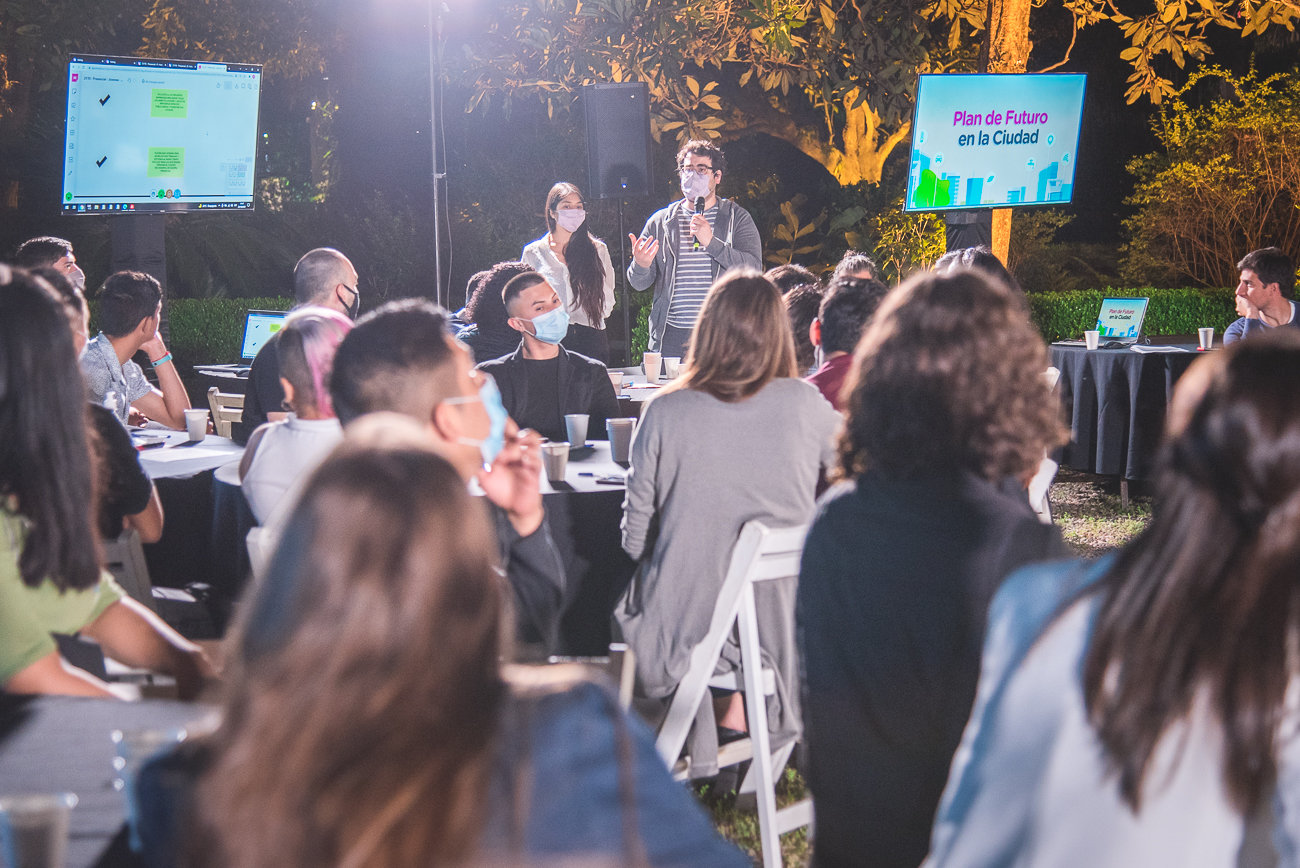Argentina
Government of the City of Buenos Aires: Dirección General Participación Ciudadana y Cercanía (General Directorate of Citizen Participation and Proximity)
September - December 2021
 16th.
16th.
Within the framework of the Plan for the Future, the Government of the City of Buenos Aires promoted a process of collective intelligence to listen, debate and generate ideas for the new normality after the COVID-19 pandemic.
The most important objective is to improve the quality of public decisions through participatory democracy mechanisms. This project was conceived as a process of collective intelligence so that citizens can prioritize the strategic axes for the city.
Other outstanding objectives are:
Other specific objectives of Plan de Futuro were:
Citizen Consultation September 21 to 30, 2021
Ideathons 13 to 21 October 2021
Citizen Voting 23 November to 3 December 2021
The City of Buenos Aires, capital of Argentina, has a little more than 3 million inhabitants and the same number of people visit it every day for work, studies, among other activities. It has a geographic density of 14,450.8 inhabitants/km. In addition, Buenos Aires is the great city of the country for standing out in the field of culture, gastronomy, science, education, theater, and cinema. For the last 12 years, the Government of the City of Buenos Aires has been transforming the territory and improving the lives of the city's residents and the millions of Argentineans who visit it every day. The fundamental axes of this transformation are education, health, urban transformation, the urbanization of popular neighborhoods, the efficiency and quality of public transportation, the creation of bike paths, digital transformation and environmental care.
However, during the years 2020 and 2021, the efforts of the administration were focused on containing the effects of the pandemic caused by covid 19. A wide testing and vaccination network was implemented and significant resources were allocated to strengthen the public health system at all levels.
After having gone through those two years, at the end of 2021, within the framework of the Future Plan, the Government of the City of Buenos Aires promoted a process of collective intelligence to listen, debate and generate ideas for the so-called "new normality" after the pandemic. In this way, the Plan de Futuro participatory project sought to recover the active participation of the neighbors and to draw together the priority lines to continue with the management of the city. The strategic axes were Integral Wellbeing, Education and Work, Digital City and Urban Transformation.

Plan de Futuro is an innovation project in citizen participation that includes various mechanisms to provide greater opportunities for participation to the city's neighbors.
The General Directorate for Citizen Participation and Proximity carries out participatory processes through voting, ideation meetings, diagnosis, open consultations on topics of interest and other instances with citizens. But this is the first time that they are condensed and manage to give a general and open framework to several strategic axes in the City, where the neighbors are the main protagonists of the city of the future.
In addition, in each of the instances of the participatory process, in conjunction with the competent areas, the aim was to take advantage of and enhance the knowledge and experience of civil society organizations, experts and academics to channel the collective intelligence that brings value and creativity to the City.

The Future Plan developed during the year 2021 consisted of three stages: Citizen Consultation, Ideatones or ideation tables, and Citizen Voting. The cross-cutting themes of the entire participatory process were as follows:
The first stage consisted of consulting citizens on which of the aforementioned axes they wished to prioritize in the second stage of ideation.
The second instance, the Ideatones, consisted of the participation of the neighbors in ideation tables to generate collaborative ideas in relation to the axes prioritized in the first stage. Finally, the third stage, Citizen Voting, involved the city's neighbors selecting the most resonant ideas from those co-created in ideathons.
The call channels were divided between web dissemination, territorial dissemination, social networks (Facebook-Instagram-Twitter), email and telephone in each of the three stages.
More information (In Spanish):
Application form (PDF)
https://www.buenosaires.gob.ar/participacionciudadana
Final report (PDF)
https://www.youtube.com/watch?v=R-sqUC6CoFo
